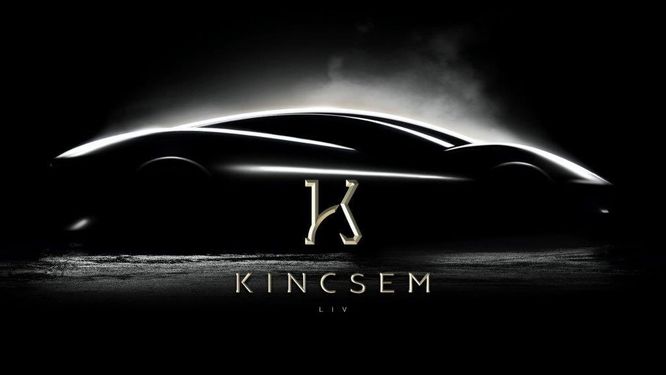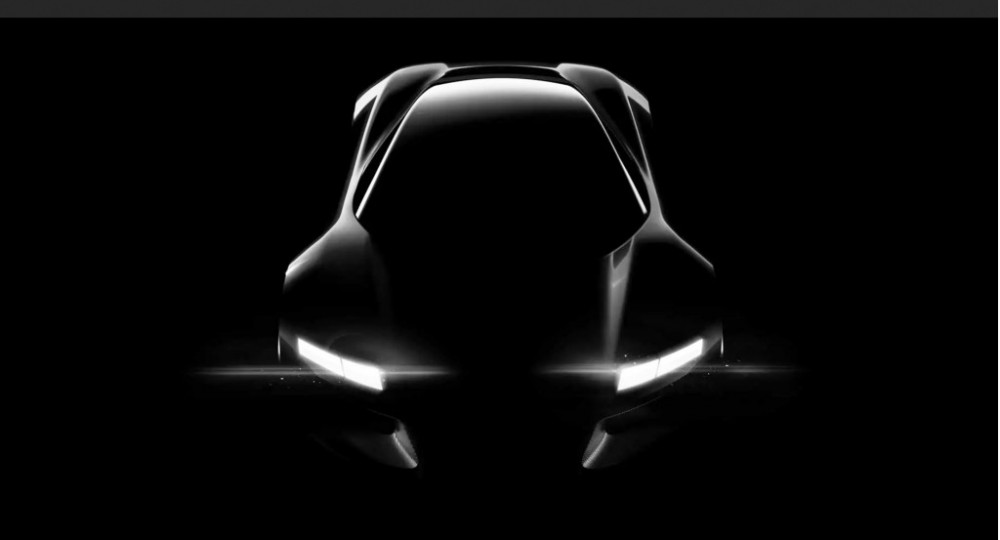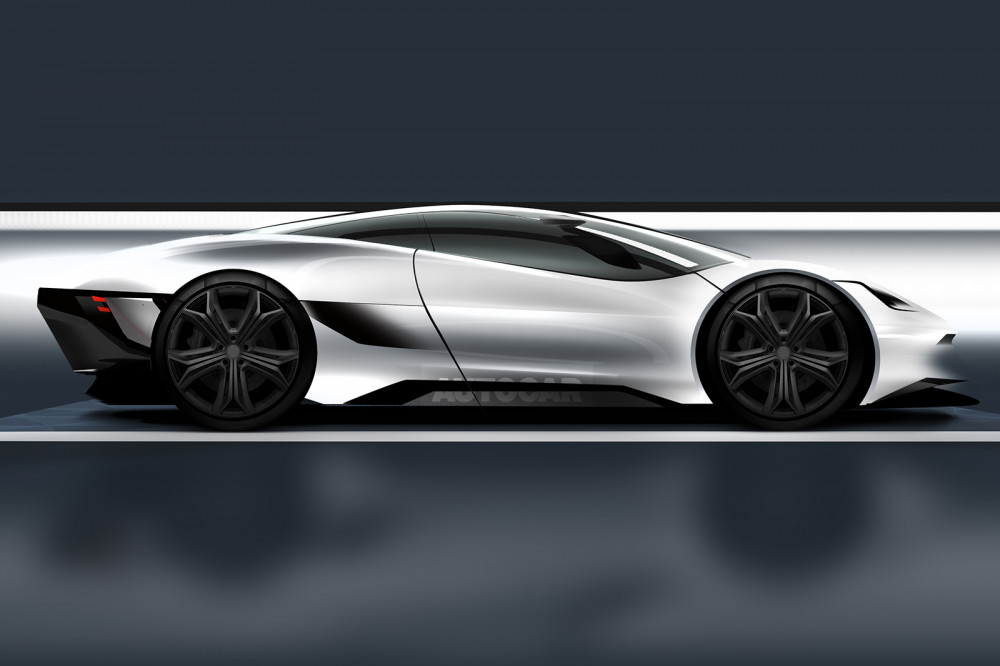Kincsem Hyper-GT Is A Future Hypercar Powered By Cutting-Edge Hydrogen Technology

by AutoExpert | 2 March, 2022
Blue-chip Ricardo and McLaren Applied are the latest British technology businesses to join the recently announced Swiss-based Kincsem hybrid hypercar project, which seeks to deliver a hydrogen-fueled design evocative of the stillborn Jaguar C-X75 to market for about £3 million in 2025.
The initiative, spearheaded by Hungarian entrepreneur Tibor Bak and his business Bak Motors, is to first construct 54 Kincsem Hyper-GT hypercars in the United Kingdom before moving its breakthrough EV powertrain to a new plant and a new SUV design. The SUV will be produced in larger amounts than the Hyper-GT and will be positioned to compete with the upcoming Ferrari Purosangue SUV.

Kincsem is named after a famous Hungarian racehorse that was transported to the UK in the 1870s and did win 54 races in 54 starts. Bak Motors has abandoned its original proposal to use a V12 petrol engine as a charging motor in favor of a tinier but still multi-cylinder unit fuelled by hydrogen stored onboard and employing a new approach to avoid the pressure storage devices typical in hydrogen automobiles. When compared to a battery, hydrogen storage technology saves 20% of the cost and 30% of the weight.

Bak cites the complexity and price of converting a petrol-powered V12 to meet with upcoming Euro 7 regulations as a major factor in his powertrain choice. The primary one, though, is Bak Motors' latest access to a revolutionary hydrogen storage method initiated more than a decade ago by US firm Plasma Kinetics but banned from private usage until recently by US defense officials. It enables the gas to be carried without pressure in a specifically wound film and released when exposed to light.

Kincsem Hyper-GT chassis will be made of carbon fiber and is rumored to be in the works by yet another well-known UK tech firm whose identity cannot be disclosed. McLaren Applied will be in charge of the entire electric drivetrain, including four electric engines, one for each wheel, as well as inverters, traction control systems, and a smaller high-performance battery. More than 500kW, or 670 horsepower, will be generated.
Bak anticipates testing his first prototype, dubbed XP1, by the end of next year. Customers will receive their first Kincsem Hyper-GT vehicles in early 2025. On the other hand, he explains he can't yet share the exact format of his Ricardo-designed hydrogen piston engine since he's currently experimenting with other configurations. In around three months, the research should be completed.

















